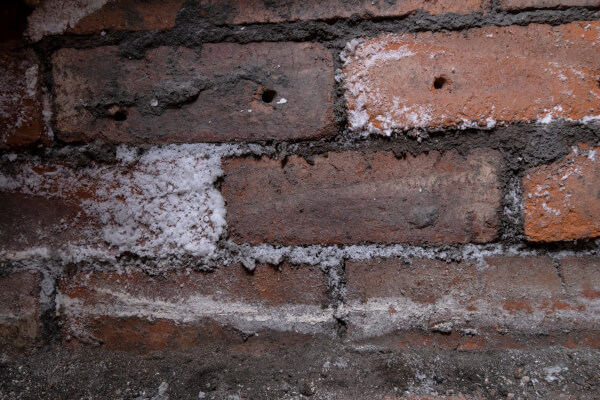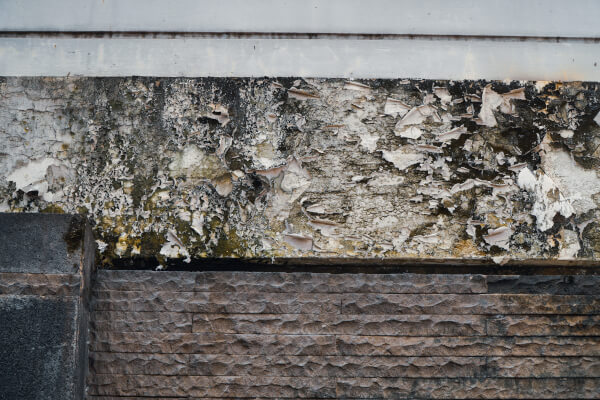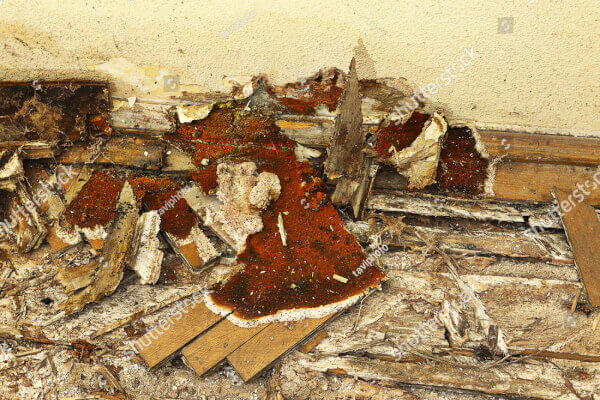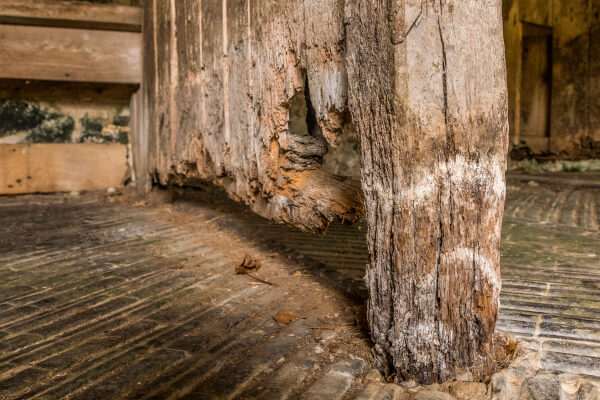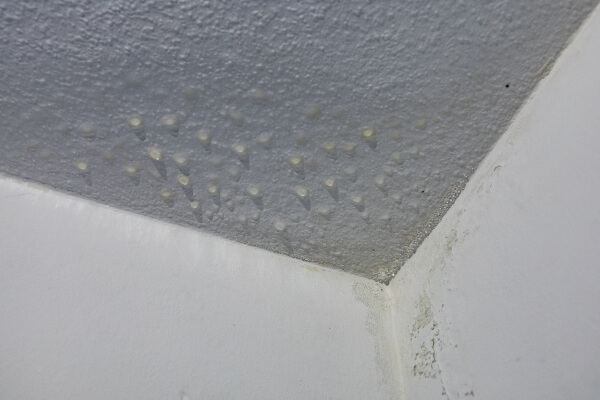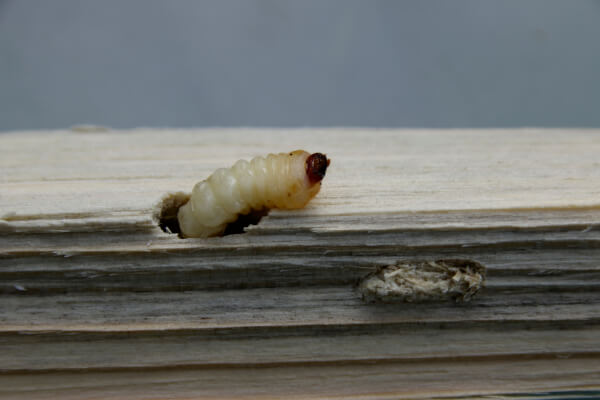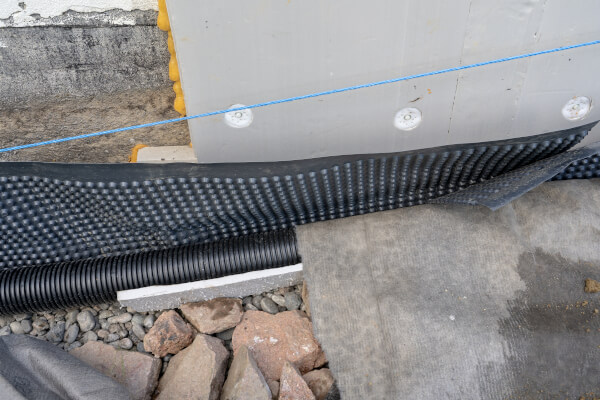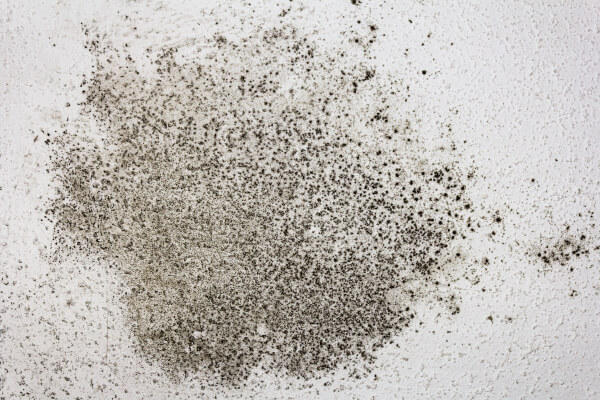Mould Cleaning Services
in Nottingham
What is Mould and Why is it a Concern?
Mould is a type of fungus that flourishes in damp, humid environments. It can grow on various surfaces, including walls, ceilings, carpets, and furniture.
The primary cause of mould growth in properties is inadequate ventilation, leading to excessive condensation. This damp environment with high moisture levels creates the ideal conditions for mould to thrive. Fortunately, we also offer specialised condensation control services, enabling us to address this issue efficiently and effectively.
Beyond being aesthetically unappealing, mould can pose significant health risks, particularly for individuals with respiratory conditions, allergies, or weakened immune systems. Common symptoms of mould exposure include coughing, sneezing, eye irritation, and skin rashes.
What is Black Mould?
Black mould is a harmful fungus that grows in moist, humid conditions. It typically manifests as dark green or black patches on walls, ceilings, and various surfaces.
Prolonged exposure to black mould can lead to significant health concerns, such as respiratory issues, allergic reactions, and skin irritation. Timely removal of black mould is essential for preserving a safe and healthy living or working environment.
Our Mould Cleaning Process
1. Inspection and Assessment:
Our team of trained professionals performs a comprehensive inspection to assess the extent and source of the mould infestation. Utilizing advanced detection tools, we accurately locate mould throughout your property.
2. Cleaning and Sanitisation:
We ensure all surfaces are meticulously cleaned and sanitised to eradicate any lingering mould spores. To prevent future mould growth, we apply antimicrobial treatments across affected areas.
3. Mould Removal:
Using industry-leading techniques and eco-friendly cleaning agents, we efficiently remove mould from all impacted surfaces. In cases of severe contamination, porous materials such as wallpaper and carpeting may need to be removed and replaced.
Why Choose Us?
Expertise You Can Trust:
Our team is comprised of highly experienced professionals, certified by recognized industry organizations in mould remediation.
End-to-End Solutions:
We provide a comprehensive range of services, from thorough inspections to complete restoration, ensuring all your mould-related needs are met.
Safe, Effective Techniques:
We use eco-friendly, non-toxic products that are highly effective in eliminating mould while ensuring the safety of your home and family.
Commitment to Customer Satisfaction:
Your safety and peace of mind are our top priorities. We are dedicated to ensuring your home remains safe, healthy, and mould-free.


